When I came on shore, the swarthy natives all stood around and sung in their fashion; their clothing consisted of the skins of foxes and other animals, which they dress and make the skins into garments of various sorts. Their food is Turkish wheat, which they cook by baking, and it is excellent eating. They always carry with them green tobacco, which is strong and good for use. They appear to be a friendly people.
It is as pleasant a land as one need tread upon; very abundant in all kinds of timber suitable for shipbuilding, and for making large casks or vats.
 Yet as Mr Juet is right in saying . . . as we lay at anchor behind a sheltered sandy hook, five of our men took the ship’s boat and sailed the Narrowing of islands and into a large anchorage. As they returned, about a dozen natives in two canoes attacked the boat and with an arrow through the throat killed the leader, John Colman.
Yet as Mr Juet is right in saying . . . as we lay at anchor behind a sheltered sandy hook, five of our men took the ship’s boat and sailed the Narrowing of islands and into a large anchorage. As they returned, about a dozen natives in two canoes attacked the boat and with an arrow through the throat killed the leader, John Colman.
A few days on, the people of the country came aboard. They showed signs of love, gave us tobacco and wheat, and departed. How far can we trust each other? How can we avoid all intent of treachery?
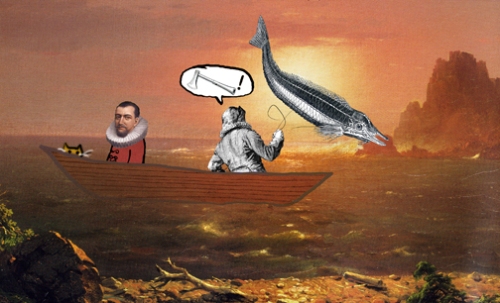
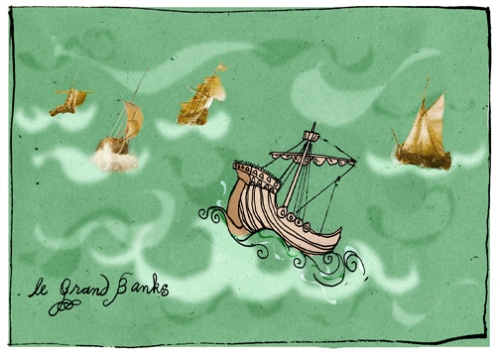
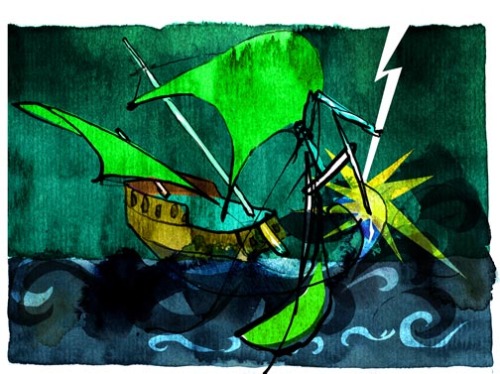
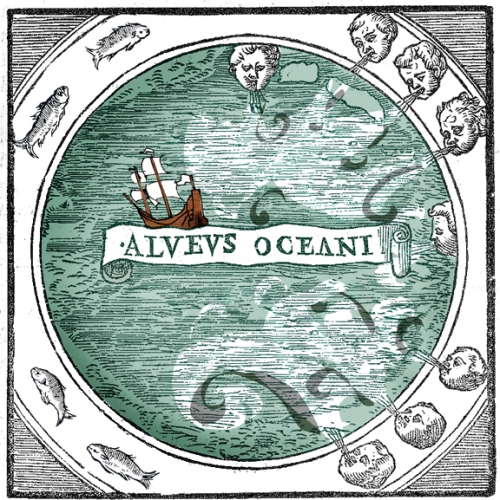

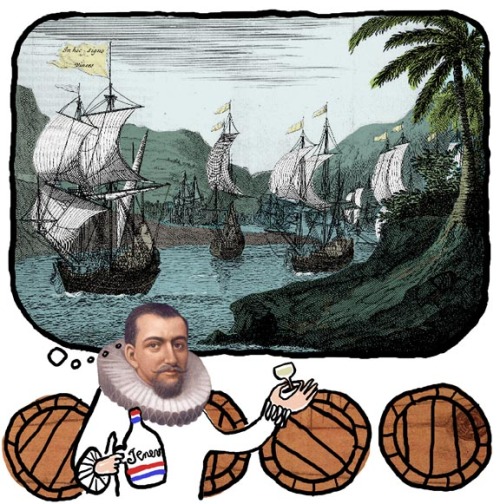

 And so a dialogue went on awhile, with Yope seeming as excited as the mariners, “Yope, wij zijn blij terug de komen.”
And so a dialogue went on awhile, with Yope seeming as excited as the mariners, “Yope, wij zijn blij terug de komen.” I, Henry Hudson, 39, have returned from my second unsuccessful voyage to Cathay. The year is 1609. I will try again working for the VOC.
I, Henry Hudson, 39, have returned from my second unsuccessful voyage to Cathay. The year is 1609. I will try again working for the VOC.